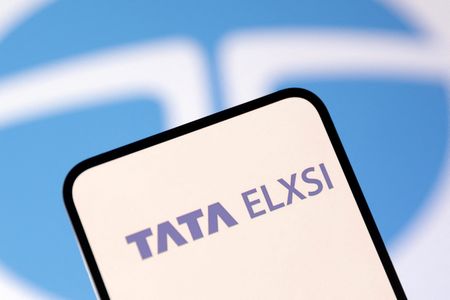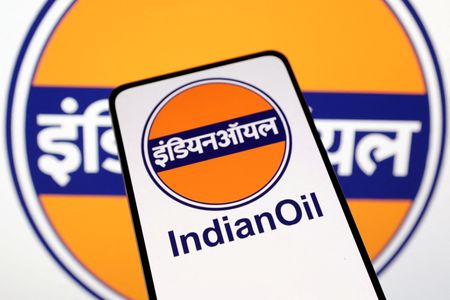By Divya Chowdhury
MUMBAI (Reuters) – India’s focus on decarbonising its steel sector and developing offshore wind power will help it become carbon neutral ahead of its promised goal of 2070, the director-general of the International Renewable Energy Agency said.
IRENA’s Francesco La Camera told the Reuters Global Markets Forum late on Monday that India was “very serious” about meeting the challenges and was very interested in developing offshore wind power.
La Camera said India was also “on track” to reach its 2030 commitment to produce 50% of its energy from non-fossil fuels.
Prime Minister Narendra Modi has raised India’s nationally determined contribution (NDC) target of non-fossil energy capacity to 500 giga watts (GW) by 2030, from just over 151 GW currently.
India’s onshore wind capacity stands at over 40 GW, and for grid-connected or centralised solar power plants capacity is at around 60 GW.
India is already exploring pilot projects in offshore wind power, but was unlikely to enter that space until after 2030 as the technology is still expensive, said Vaibhav Chaturvedi, a fellow at the Council on Energy, Environment and Water (CEEW) think tank.
La Camera said the government expects green hydrogen – made from water and clean electricity – to power sectors, like steel, that find it hard to abate CO2 emissions.
He also emphasized the need to set up “standards and certification” as India begins exporting green hydrogen with conglomerates Reliance Industries, Adani Enterprises, along with state-run energy firms NTPC Ltd.
and Indian Oil Corp. setting out manufacturing plans.
India plans to manufacture five million tonnes of green hydrogen per year by 2030 to meet its climate targets and become a global production and export hub for the fuel.
(These interviews were conducted in the Reuters Global Markets Forum chat room on Refinitiv Messenger.
Join GMF: https://refini.tv/33uoFoQ); Reporting by Divya Chowdhury in Mumbai and Lisa Pauline Mattackal in Bengaluru; Editing by Simon Cameron-Moore)










